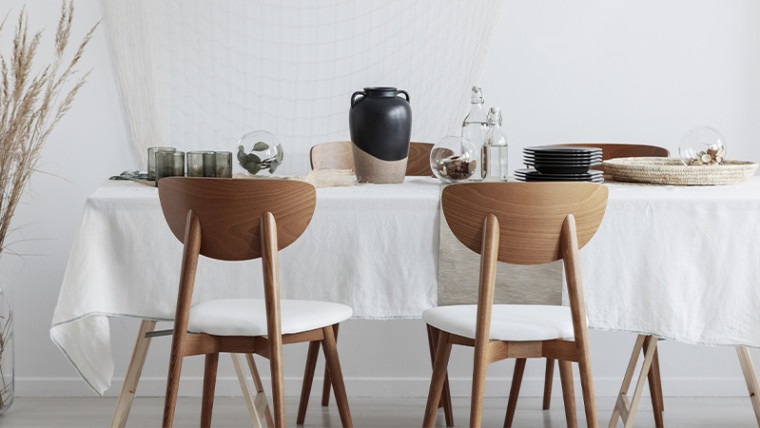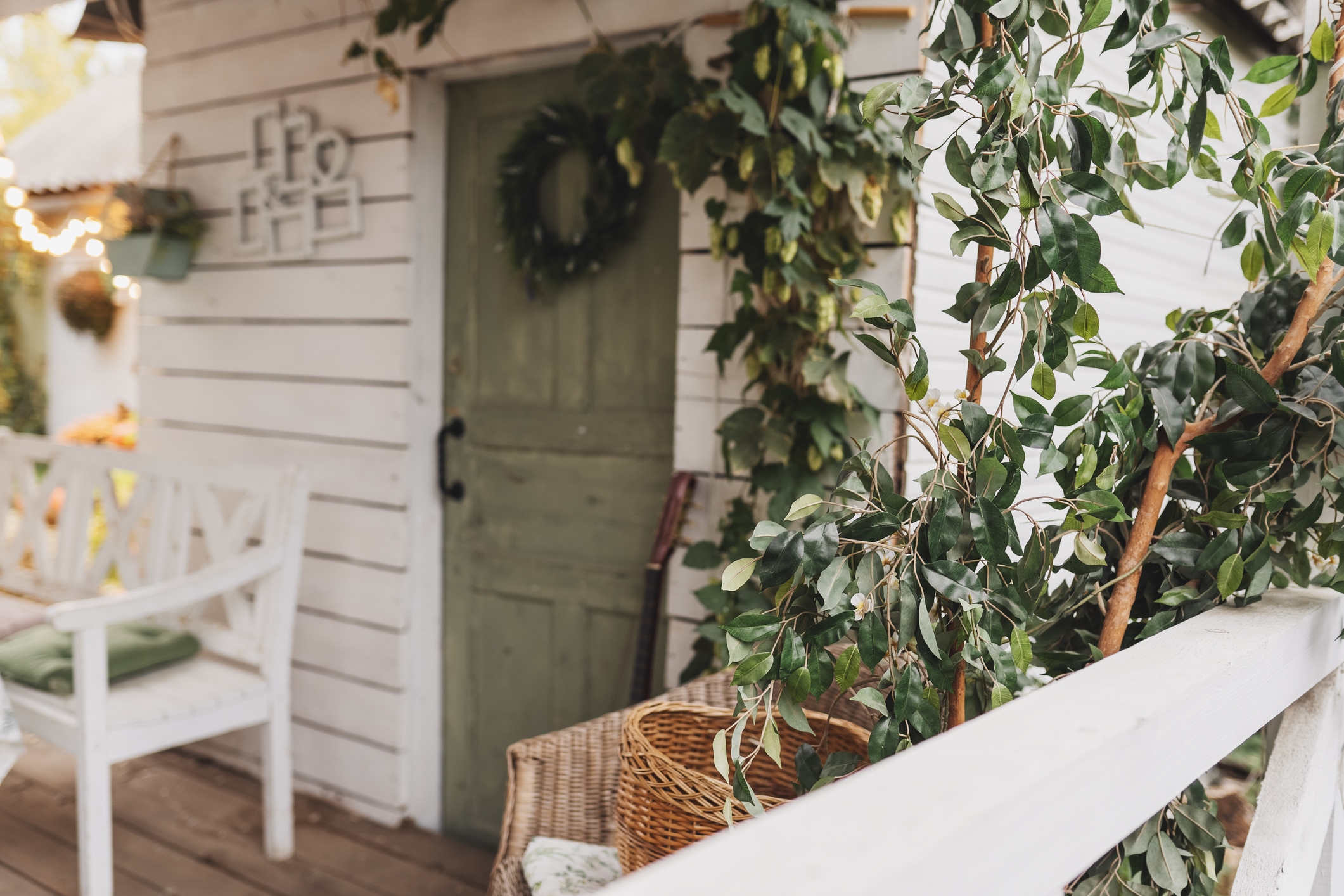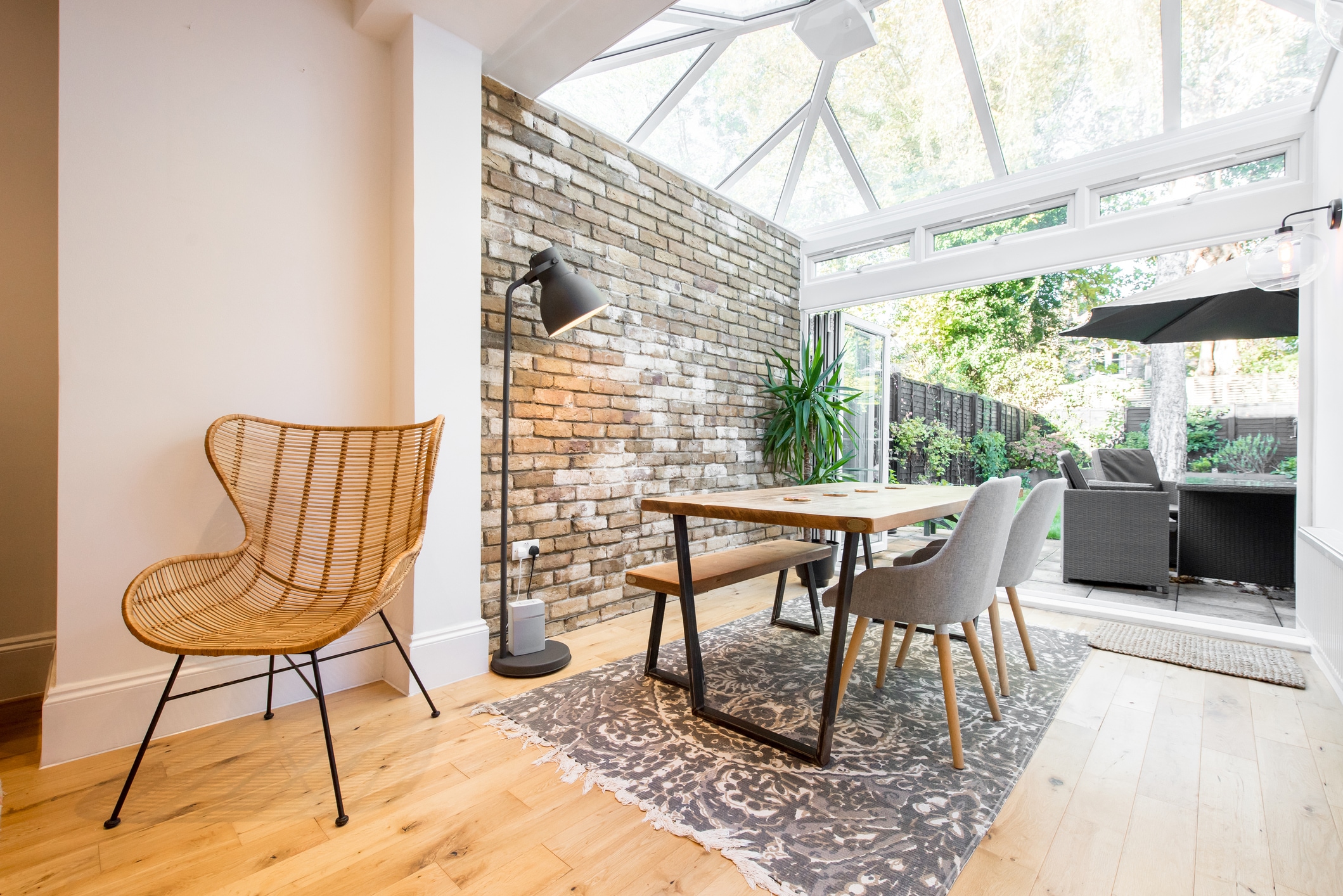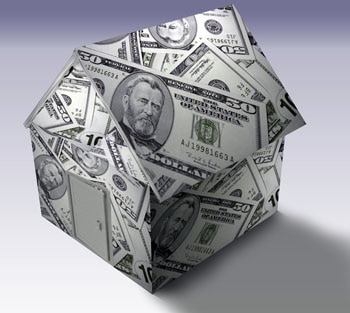Green Kitchens Save Money and Help the Environment
We all want to save money, and most of us would like to do our part to preserve environmental quality for the future generations that will come after us. Fortunately, there are ways to make every room in our homes more environmentally friendly, kitchen included. Here are six easy steps to make your kitchen more energy efficient.
1. Efficient Lighting
Our kitchen light fixtures are some of the most often used lights in our homes. After all, it’s hard to cook a wonderful meal when you can’t see what you’re doing. So, it pays to put a little extra thought into how you light up your kitchen.
Energy-efficient bulbs can go a long way in making your kitchen more energy efficient. CFLs and LED bulbs not only use less energy, but they also give off less heat, cutting down on your cooling bills.
It’s also a smart idea to install Energy-Star certified fixtures in your kitchen. These light sources are available in a wide array of stylish options, and they use less than a third of the energy consumed by traditional light fixtures.

2. Windows and Skylights
You can use your exhaust fan, but it’s far more energy efficient to let nature do its thing. If you live in a home where the kitchen windows have been painted shut or are otherwise inoperable, consider replacing them with windows that will allow you to ventilate your kitchen naturally. Operable skylights can also be used to air out your kitchen and keep it cool. You’ll save energy by only using your exhaust fan when absolutely necessary, and you’ll love the extra natural light.
3. Replace Old Plumbing Fixtures
Newer plumbing fixtures are much more efficient than those manufactured in the 1980s and earlier. If you’re concerned about maintaining your home’s vintage appeal, you’ll be happy to learn that energy-efficient fixtures with a similar style are probably available. You’ll hardly notice the difference, but you’ll use less water.
4. Replace That Old Refrigerator
If you’re still soldiering on with that buzzy old refrigerator that came with the house, then it’s probably time to upgrade. You may be shocked to know that an old fridge can account for nearly one-fifth of your total monthly electricity bill. New refrigerators use far less energy, and some of the high-end models now come standard with cool new features such as iOS and Android apps, French doors, on-demand hot water, and sleek, modern styling.

5. Buy Local, Cook Fresh
This is a tip that doesn’t require costly upgrades, and it will have a big impact. If making dinner at your house generally involves thawing frozen foods or tossing pre-packaged meals into the microwave, consider making a change to from-scratch cooking while using local ingredients in the process.
From the freezing to the packaging and transportation, the defrosting to the eventual preparation, every step in the lifespan of a pre-packaged, frozen, processed food product is energy intensive. When you buy local and cook using fresh ingredients, you’re cutting out a whole lot of extra steps in the process, conserving energy, and helping to support your local economy. Not only that, but you’ll be eating healthier, too.

6. Cut Down on Kitchen Waste
For most of us, the kitchen is the most wasteful room in the house. If you’re not already recycling and composting, then you may want to start. It’s not as difficult as you might think.
First, avoid purchasing foods that come in non-recyclable containers. Bulk foods that allow you to reuse your own containers are best. Second, invest in a small compost bin for your kitchen. It’s best to choose one with a sealable lid, as compost can give off an unpleasant odor if left for a day or two.
Third, start a compost pile in your backyard. You’ll be eliminating landfill waste and getting excellent soil for free. You’ll be able to grow your own veggies. It doesn’t get more local than that!
Green Cooking Is Healthy Cooking
As you can see, there are plenty of ways to make your kitchen more energy efficient, and many don’t require expensive upgrades. When you take steps to make your kitchen more energy efficient, you’ll save money and feel better, and you’ll probably eat healthier, too. It’s truly a wonderful combination.













